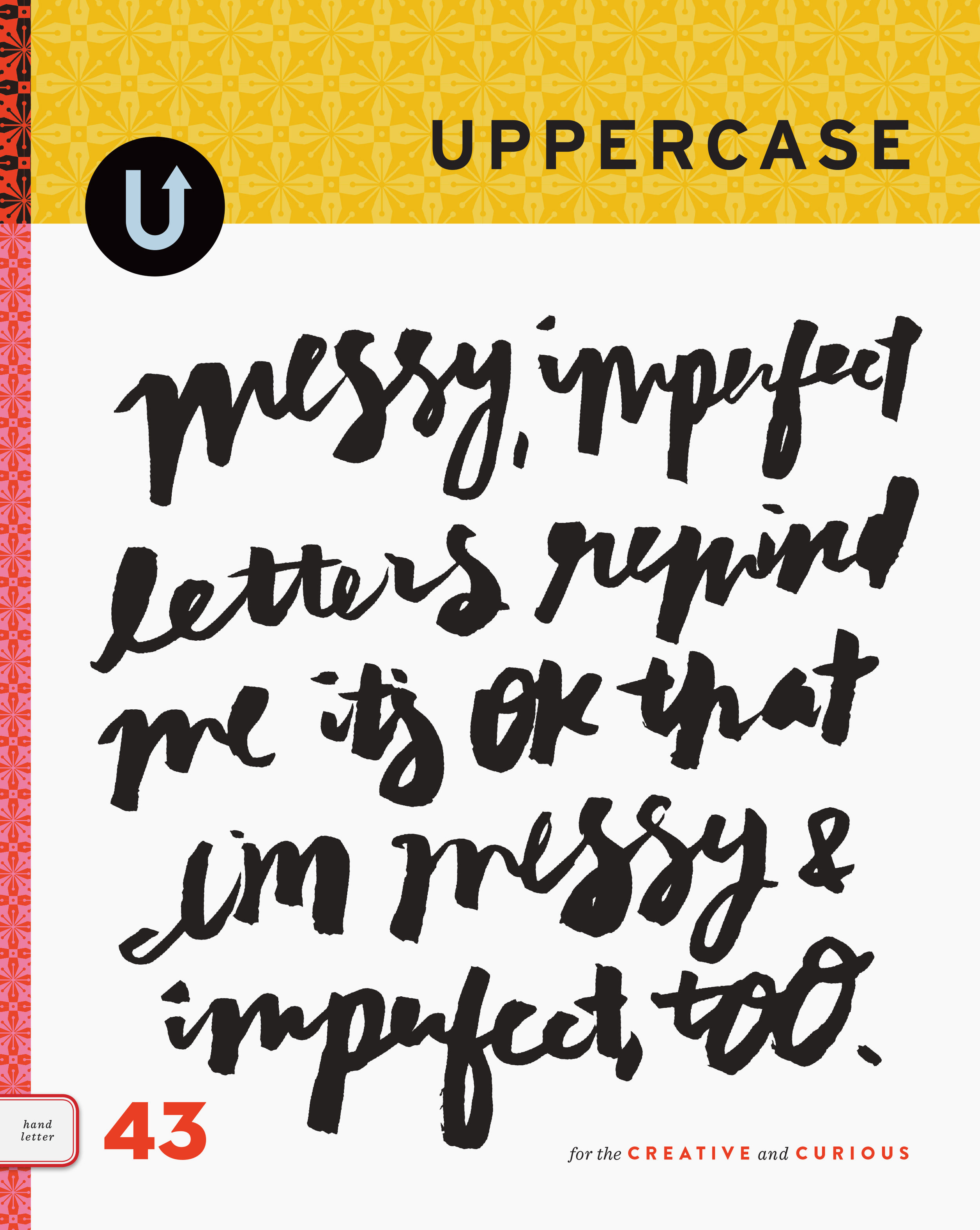TypeCon 2015: Type of Place
/Guest Post by Allie McRae, TypeCon 2015
The speaker I had been waiting for all TypeCon weekend finally made her way up to the stage first thing Sunday morning. Meta Newhouse was my professor for a couple years at Montana State University and we got to know each other very well during a semester abroad in Italy, where she taught Experimental Typography. Even though I have a personal relationship with Meta and was even a contributor to the Type of Place project at its start, her talk went into detail about the parts that I wasn’t involved in: how the project came about and where it is now.
A little background about Type of Place — This research project was started by Meta and her former colleague at Montana State University, Nathan Davis. Meta and Nathan were teaching a workshop at the Atypi Conference held in Reykjavik, Iceland in 2011 when they had a brilliant idea to trek around the city and take photos of native Icelandic type to take back to the classroom to analyze. They were looking to see if they could deduce any cultural characteristics unique to the area from the type specimens they found. Meta puts it more eloquently: “What can be learned from collecting, archiving, comparing, and sharing typography from different parts of the world?”
A year after Atypi, Meta was still thinking about this question and was brainstorming ways that her and Nathan could grow the database of type, preferably from locations around the world. We were in Italy at the time and were the perfect guinea pigs for Type of Place. Between 15 of us students, we took hundreds of photos of type while wandering the streets of Rome. Meta and Nathan took those photos back to Iceland for DesignMarch 2012 to compare them with the collection from Iceland.
One of the catalysts to this whole typographic investigation stemmed from Geert Hofstede’s Dimensions of National Culture. After reading this, Meta thought she could take one of the six dimensions of culture, particularly Masculinity vs. Femininity, to make a connection between this idea and the type specimens. As it turned out, while comparing Hungary with Iceland, Hungary’s type was heavy on the serifs, making it feel commandeering and patriarchal. Iceland, on the other hand, had an abundance of softer sans-serifs that felt more tender and modern. Type of Place was on to something.
Fast forward now to the present day — Type of Place is growing to include more and more collections of vernacular type from places like Toronto, Vienna, Prague, and Seattle. However, they’re not done. Meta and Nathan are going to use crowd sourcing by means of a mobile app that will allow users to constantly expand and give depth to the archive. The Instagram-like app is still in development but a beta version will be available for iPhones in the coming months.
I did not do this research project justice with this brief blog post, so I encourage you to check out typeofplace.com and stay tuned for updates, like the release of the app. Plus, this archive will be shared publicly for anyone to use for research purposes or simply to look at super cool type. I’m looking forward to seeing where this project ends up because I think the potential with this database will be endless. So stock up on those type photos while you’re wandering around your city, we want to see them!











